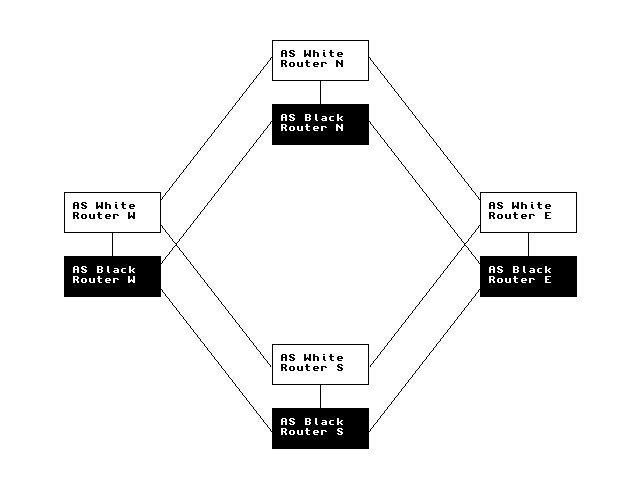
But:
A simple internet with two ASes: black and white, that are each present in four geographic regions and interconnect in each region.

Second picture:
Some customers. The color represents the PA address blocks the customer has addresses from.

Third picture:
When the white AS in the south wants to send traffic to some customers of the black AS it routes the packets as per the PA aggregate. This means the traffic ends up at the black AS at the nearest interconnect point.

Fourth picture:
The routing table for the west router for the white AS: aggregate routes for address blocks from the other AS, more specifics for the white AS its own customers.

Fifth picture:
With geographical addressing the address block depends on location and is shared between ISPs.

Sixth picture:
Now the white AS first routes the traffic to the right location within its own network and only then turns it over to the destination AS.

Seventh picture:
In the routing table there is now also a more specific route for the black AS's west customer and aggregate routes for other geographic regions.

Read the drafts, these explain it much better. If you still have questions, email me at iljitsch@bgpexpert.com.